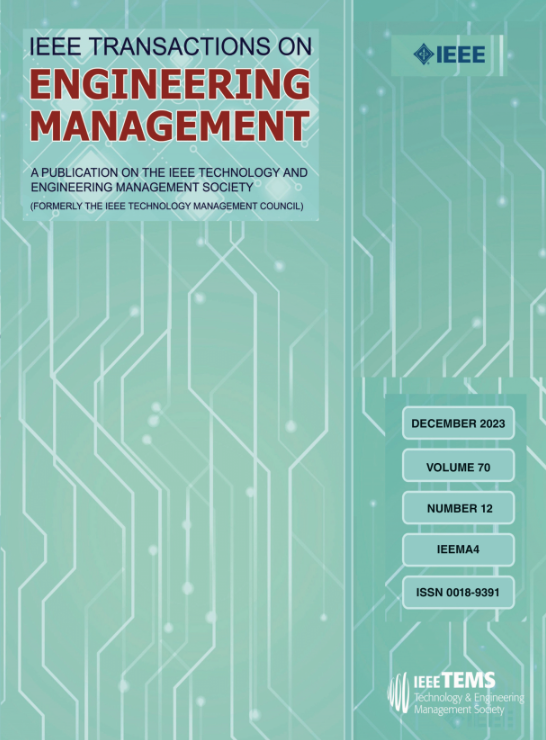先减少再预测还是同时减少再预测?提高研发效率的数据驱动稀疏建模
IF 5.2
3区 管理学
Q1 BUSINESS
引用次数: 0
摘要
高效的研究与开发(R&D)工作流程对于早期结果影响下游结果的行业至关重要。本研究为一家专注于印刷电路板设计的领先集成元件制造商,建立预测模型以提高研发效率。为了解决有限数据、噪声和共线性的挑战,我们应用稀疏主成分分析(SPCA)来简化模拟数据,然后使用最小绝对收缩和选择算子(LASSO)回归来预测后期物理测试性能。与直接LASSO回归相比,我们的SPCA-LASSO模型将预测误差降低了22%-41%,同时为工程师提供了可解释的见解。相比之下,集降维和预测于一体的稀疏主成分回归会产生更高的误差和不稳定的因子负载。这种先减少然后预测和同时减少并预测方法之间的经验比较有助于稀疏建模和工程分析,为改进高科技行业、软件工程、建筑和其他行业的连续研发过程提供可操作的见解,这些行业的早期性能预测至关重要。本文章由计算机程序翻译,如有差异,请以英文原文为准。
Reduce-Then-Predict or Simultaneous Reduce-and-Predict? Data-Driven Sparse Modeling for Improving R&D Efficiency
Efficient research and development (R&D) workflows are critical in industries where early-stage results influence downstream outcomes. This study develops a predictive model to enhance R&D efficiency for a leading integrated device manufacturer specializing in printed circuit board design. To address challenges of limited data, noise and collinearity, we apply sparse principal component analysis (SPCA) to simplify simulation data, followed by least absolute shrinkage and selection operator (LASSO) regression to predict later-stage physical testing performance. Our SPCA-LASSO model reduces prediction errors by 22%–41% compared to direct LASSO regression while offering interpretable insights for engineers. In contrast, sparse principal component regression, which integrates dimension reduction and prediction, yields higher errors and unstable factor loadings. This empirical comparison between reduce-then-predict and simultaneous reduce-and-predict approaches contributes to sparse modeling and engineering analytics, offering actionable insights for improving sequential R&D processes across high-tech industries, software engineering, construction, and other sectors where early performance predictions are critical.
求助全文
通过发布文献求助,成功后即可免费获取论文全文。
去求助
来源期刊

IEEE Transactions on Engineering Management
管理科学-工程:工业
CiteScore
10.30
自引率
19.00%
发文量
604
审稿时长
5.3 months
期刊介绍:
Management of technical functions such as research, development, and engineering in industry, government, university, and other settings. Emphasis is on studies carried on within an organization to help in decision making or policy formation for RD&E.
 求助内容:
求助内容: 应助结果提醒方式:
应助结果提醒方式:


